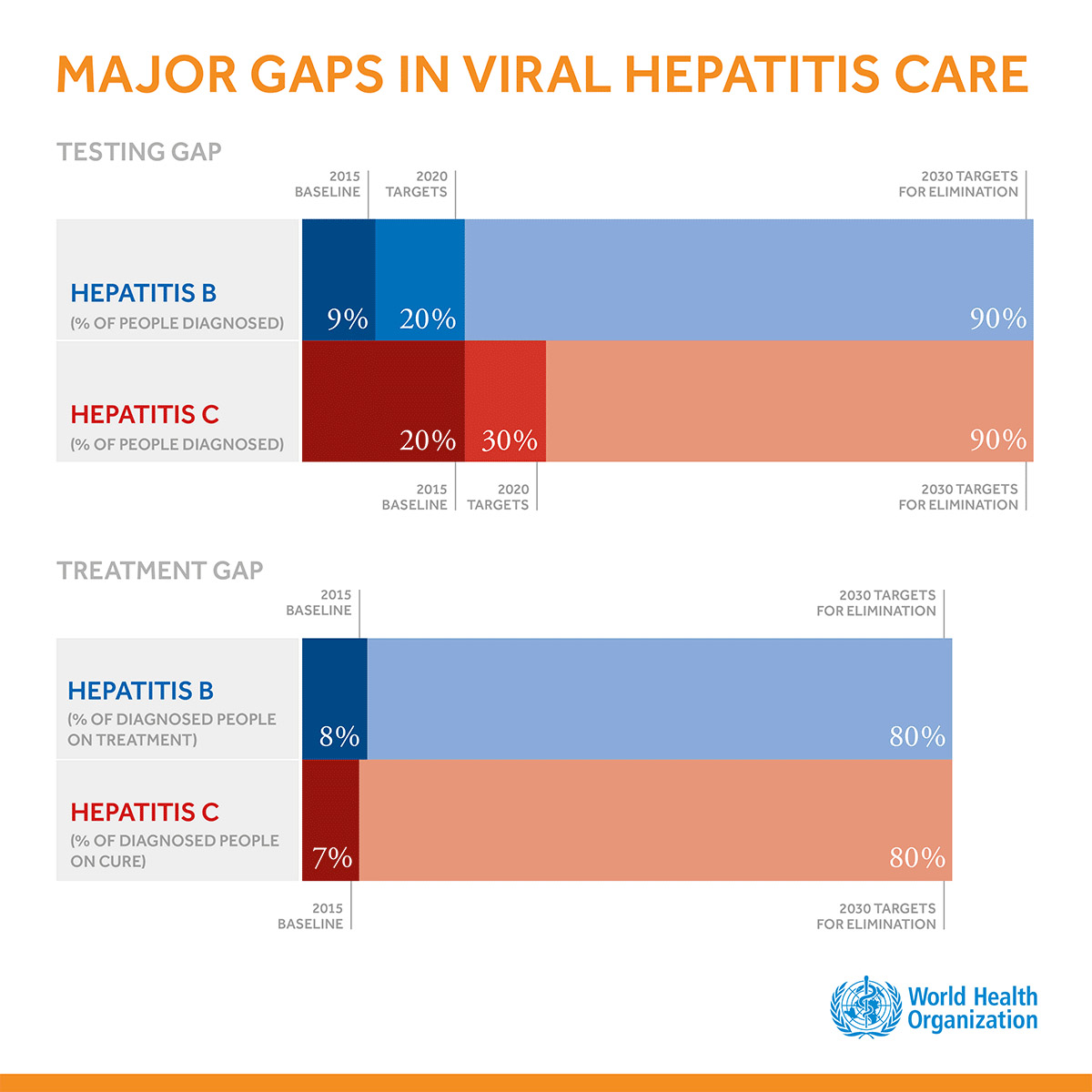Hepatitis is an inflammation of the liver that can cause a range of health problems and can be fatal. In particular, types B and C lead to chronic disease among hundreds of millions of people and, together, are the most common cause of liver cirrhosis, cancer and viral hepatitis-related deaths. An estimated 325 million population worldwide live with hepatitis B and/or C, and for most, testing and treatment remain beyond reach [1] . New data show that hepatitis B and C cause 3.0 million new infections and 1.1 million deaths in 2019. Only 10% of people who have chronic infection with hepatitis B virus get diagnosed; 22% of whom receive treatment. For hepatitis C infection, 21% of people are diagnosed and 62% of whom receive treatment. Despite progress against the 2020 hepatitis targets, the gaps towards achieving 2030 goals are enormous [2] .
WHO's Global Health Sector Strategy on viral hepatitis aims to test 90% and treat 80% of people with HBV and HCV by 2030 [3] .
Since 2008, Sansure has developed HBV DNA, HCV RNA Quantitative Fluorescence Diagnostic Kit with the foresight which agrees with WHO to provide patients living with HBV /HCV infection with an affordable, accessible and sustainable alternative to diagnose HBV/HCV, monitor disease progression, and assess the stage of liver disease and eligibility for treatment.
[1].https://www.who.int/health-topics/hepatitis#tab=tab_1 [2].https://www.who.int/news/item/20-05-2021-new-report-highlights-global-progress-on-reducing-hiv-viral-hepatitis-and-sexually-transmitted-infections-and-signals-need-for-renewed-efforts-to-reach-2030-targets [3].https://www.who.int/news/item/21-04-2017-new-hepatitis-data-highlight-need-for-urgent-global-response

